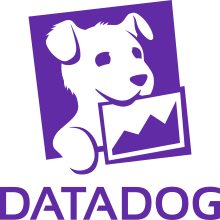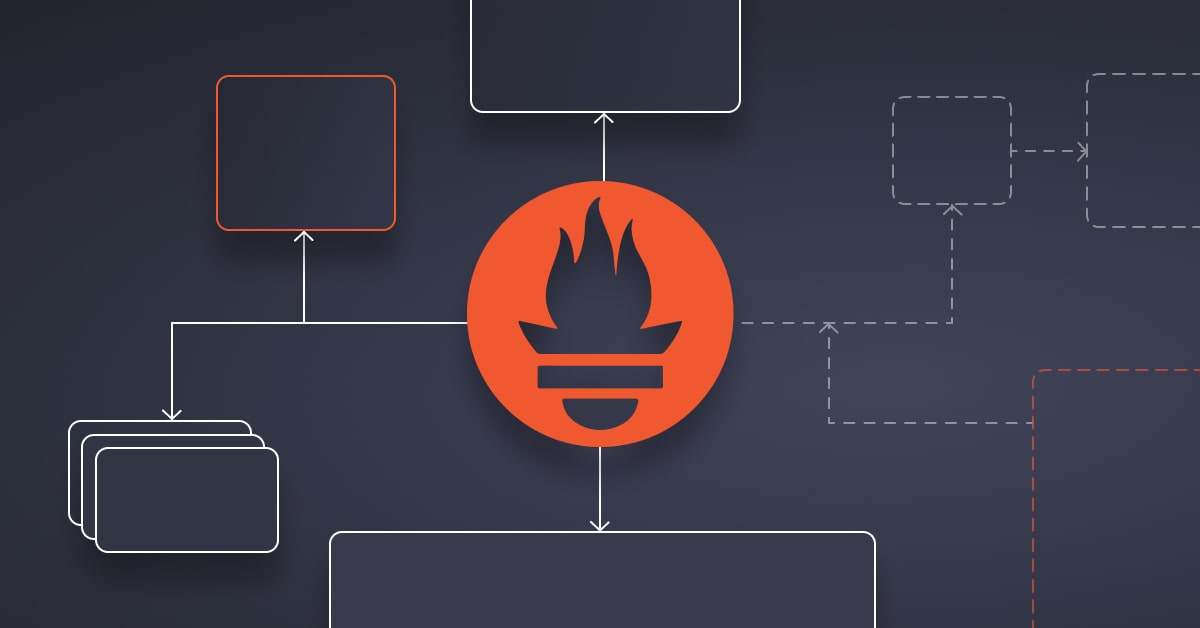Description
Introduction of Datadog Cloud Monitoring& Analytics
Datadog is a leading cloud-based monitoring and analytics platform designed for dynamic, hybrid cloud environments. With features spanning infrastructure monitoring, application performance management (APM), log management, and more, Datadog provides a unified view of an organization’s entire stack. This training will cover the essential components of Datadog, from initial setup to advanced monitoring and alerting, empowering you to make informed decisions and resolve issues quickly across your infrastructure and applications.
By the end of this course, you will be proficient in deploying Datadog to monitor and optimize your applications, infrastructure, and logs in real-time.
Prerequisites
- Familiarity with application and infrastructure monitoring concepts
- Experience working with cloud-based environments (AWS, Azure, GCP, etc.)
- Basic knowledge of system administration and networking
- Access to a Datadog account (trial or licensed) for hands-on practice
Table of contents
1: Introduction to Datadog
1.1: What is Datadog?
1.2: Overview of Datadog’s Features and Capabilities
1.3: Datadog’s Architecture and Components
1.4: Use Cases for Datadog: APM, Infrastructure Monitoring, Log Management
1.5: Setting Up Datadog
1.5.1: Account Creation and Setup
1.5.2: Installing the Datadog Agent on Different Platforms
1.5.3: Navigating the Datadog Interface
2: Monitoring Infrastructure with Datadog
2.1: Agent-Based Monitoring
2.1.1: Installing and Configuring the Datadog Agent
2.1.2: Collecting Metrics from Servers, Containers, and Cloud Platforms
2.1.3: Monitoring Network Devices and Databases
2.2: Datadog Dashboards
2.2.1: Introduction to Datadog Dashboards
2.2.2: Building Custom Dashboards for Infrastructure Monitoring
2.2.3: Sharing Dashboards with Teams
3: Application Performance Monitoring (APM)
3.1: Introduction to APM
3.2: How APM Works in Datadog
3.3: Key Concepts: Traces, Spans, and Services
3.4: Monitoring Application Health and Performance
3.5: Setting Up APM
3.5.1: Instrumenting Applications for APM
3.5.2: Collecting Trace Data and Visualizing Application Performance
3.5.3: Troubleshooting Slow Transactions and Errors
4: Log Management with Datadog
4.1: Introduction to Log Management
4.2: Overview of Datadog Log Management
4.3: Collecting and Centralizing Logs Across Applications and Systems
4.4: Configuring Log Pipelines and Parsing Log Data
4.5: Log Analytics and Visualization
4.5.1: Filtering and Analyzing Log Data
4.5.2: Creating Log-Based Dashboards and Alerts
4.5.3: Using Machine Learning for Log Insights
5: Monitoring Cloud Environments
5.1: Monitoring AWS, Azure, and GCP with Datadog
5.2: Integrating Datadog with AWS, Azure, and GCP Services
5.3: Monitoring Cloud Infrastructure and Services
5.4: Using Service Maps for Visualizing Cloud Environments
5.5: Auto-Discovery and Dynamic Monitoring
5.5.1: Enabling Auto-Discovery for Containers and Services
5.5.2: Monitoring Dynamic, Auto-Scaling Infrastructure
5.5.3: Using Tags for Efficient Monitoring in Cloud Environments







Reviews
There are no reviews yet.